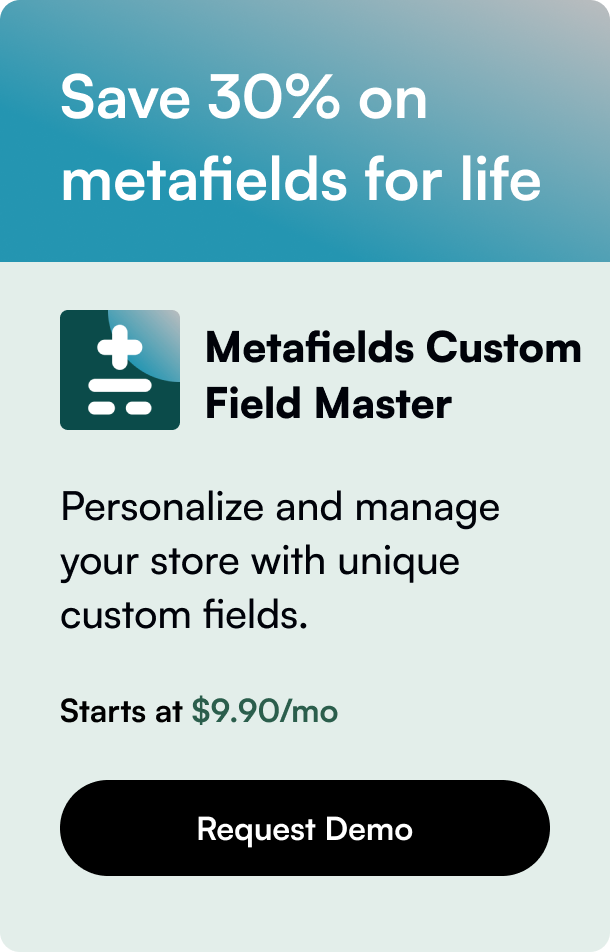Table of Contents
- Introduction
- Understanding Product Types and Collections
- How to Add Product Type on Shopify
- Maximizing the Use of Product Types and Collections Together
- FAQ on Shopify Product Type
- Conclusion
Navigating the intricacies of Shopify can sometimes feel like deciphering a complex puzzle, especially when you're trying to optimize your store for both management and customer experience. One pivotal piece of this puzzle is understanding the concept and application of "Product Types." Is it merely a label, or does it carry weight in how effectively you manage and categorize your products? And how does it complement or differ from Collections? In this comprehensive guide, we'll dive deep into the realm of product types on Shopify, dissecting their importance, utility, and step-by-step process for adding them to your store, all while keeping in mind the winning combination of product types and collections for a streamlined shopping experience.
Introduction
Did you know that the average online shopper spends just a few seconds deciding whether a website has what they need? This statistic underscores the significance of a well-organized Shopify store. Enter the realm of Product Types and Collections, the silent salespeople of your online store. While often used interchangeably, these two features serve distinct purposes that, when leveraged together, can dramatically enhance both your store's manageability and your customers' shopping experience. This guide promises a deep dive into adding and utilizing product types effectively, ensuring your store stands out in the crowded e-commerce space.
By the end of this post, you'll have a thorough understanding of what product types are, how they differ from collections, and the step-by-step process to add them to your Shopify store. Moreover, we'll explore strategies to use these features in tandem to maximize your store's efficiency and appeal, thereby increasing customer satisfaction and driving sales.
Understanding Product Types and Collections
Before we delve into the "how," let's clarify the "what." Product Types are essentially categories for your products, helping you to keep your inventory organized and making it easier for customers to find what they're looking for. On the other hand, Collections group your products based on different criteria, offering a convenient way for customers to explore related items.
Product Types: The Backbone of Product Organization
Imagine you run an online store selling home decor items. Here, "Cushions," "Curtains," and "Wall Art" can be considered as different product types. Each product type serves as a unique identifier that helps you categorize your products internally.
Collections: Curating Shopping Experiences
Collections take product organization a step further by allowing you to curate products based on themes, occasions, sales, and more. For instance, you can have a "Spring Essentials" collection featuring cushions, curtains, and wall art perfect for the season.
How to Add Product Type on Shopify
Now, let's get to the crux of this guide – adding product types to your Shopify store. The process is surprisingly straightforward:
-
Log into your Shopify Admin Panel: Start by accessing your Shopify dashboard.
-
Navigate to Products: Here, you'll see all the products listed in your store.
-
Add or Edit a Product: If you're adding a new product, click on the 'Add product' button. For existing products, simply click on the product you wish to edit.
-
Scroll to the Organization Section: Within the product details page, look for the "Organization" section.
-
Enter the Product Type: In the "Product type" field, type in the category that best describes your product. If it's a cushion with a floral design, you might categorize it as "Cushions."
-
Save Your Changes: Don't forget to hit the 'Save' button at the top or bottom of the page to ensure your product type is added successfully.
Tips for Using Product Types Effectively:
- Be Consistent: Ensure you use consistent naming conventions for product types to avoid confusion and duplication.
- Think Like Your Customer: Use product types that make sense to your customers, facilitating an intuitive shopping experience.
- Use with Collections: Leverage product types to create automated collections, making your store easier to navigate.
Maximizing the Use of Product Types and Collections Together
While product types are crucial for internal organization and searchability, combining them with collections can significantly enhance your store's external UX/UI. Here are some ways to do this effectively:
- Seasonal Collections: Use product types to group items that can be featured in seasonal or themed collections.
- Sales and Promotions: Create collections based on product types earmarked for sales, making it easier for customers to find deals.
- New Arrivals: Regularly update your collections with new arrivals based on their product types for customers seeking the latest trends.
FAQ on Shopify Product Type
Q: Can a product belong to multiple product types? A: No, each product can only be assigned one product type, making it imperative to choose the most appropriate category.
Q: How do product types affect SEO? A: While product types themselves don't directly impact SEO, they play a crucial role in organizing products, which can be leveraged in SEO-friendly collection descriptions and titles.
Q: Is there a limit to how many product types I can create? A: Shopify doesn't impose a direct limit on the number of product types, but it's best to keep them manageable and meaningful for both you and your customers.
Conclusion
Understanding and utilizing product types on Shopify can markedly improve your store's navigability and overall customer experience. By following the steps and strategies outlined in this guide, you're not just adding another label to your products; you're crafting a seamless shopping environment that guides your customers from the moment they land on your store to the final checkout. The symbiotic relationship between product types and collections not only enhances your organizational efficiency but also elevates the customer journey, setting your store up for success in the crowded e-commerce landscape.








